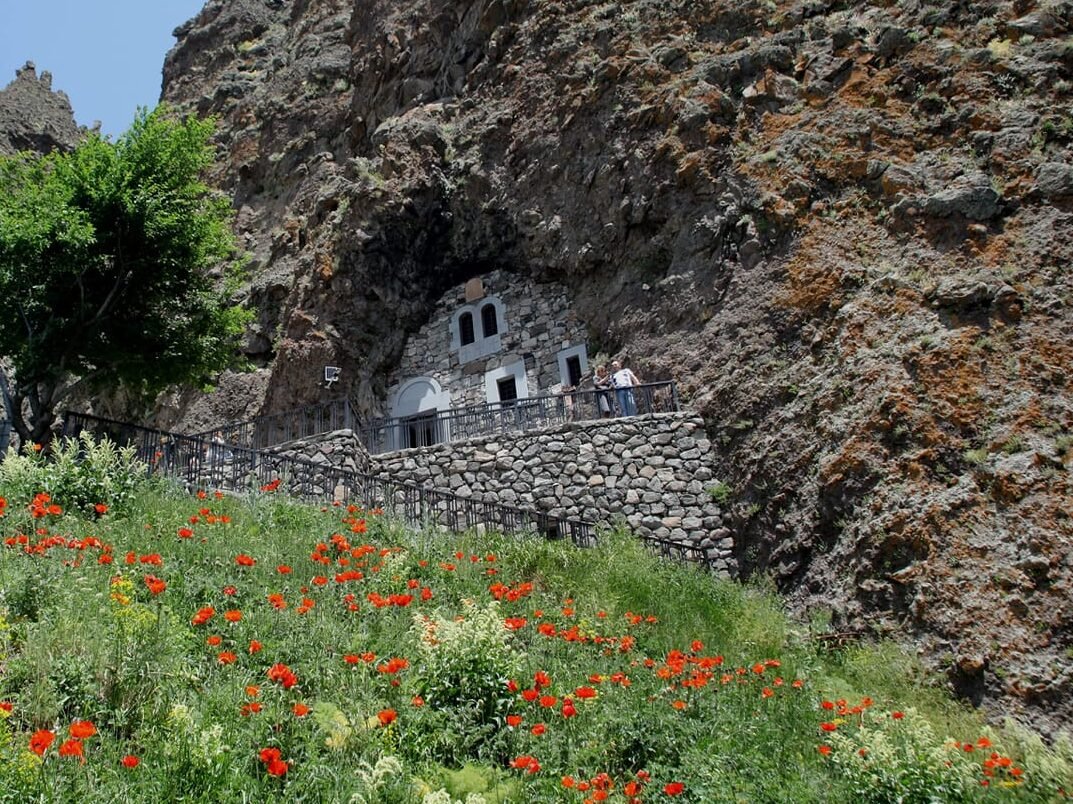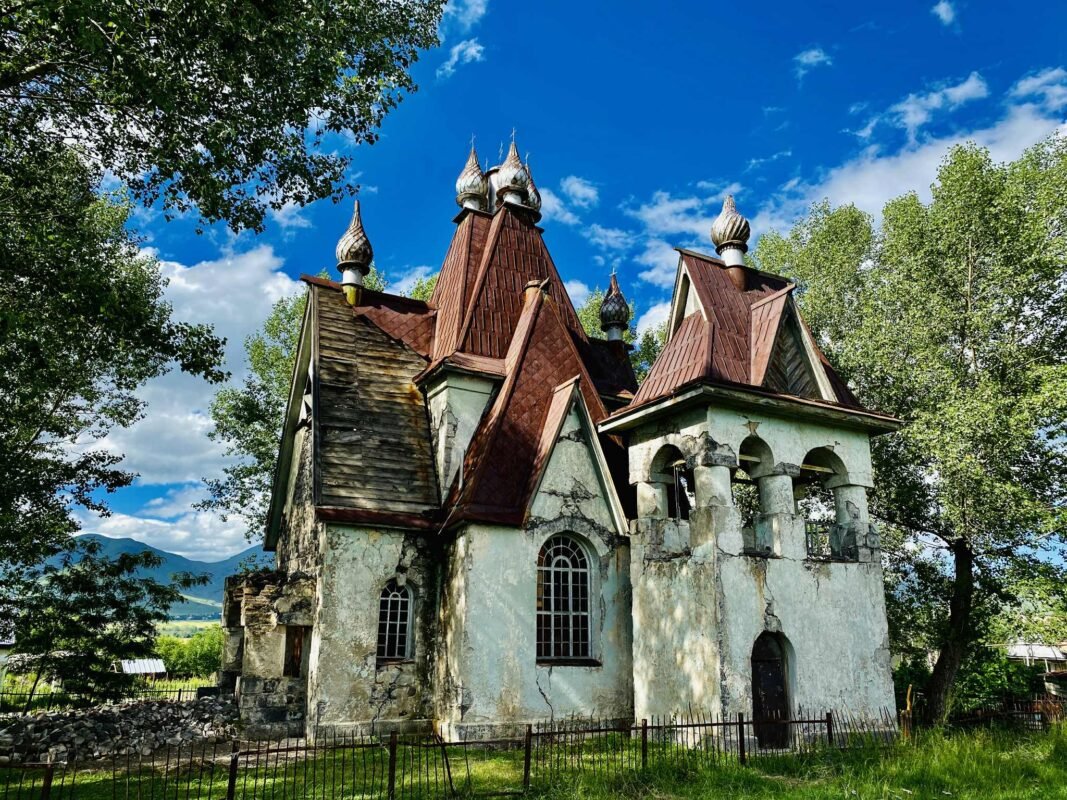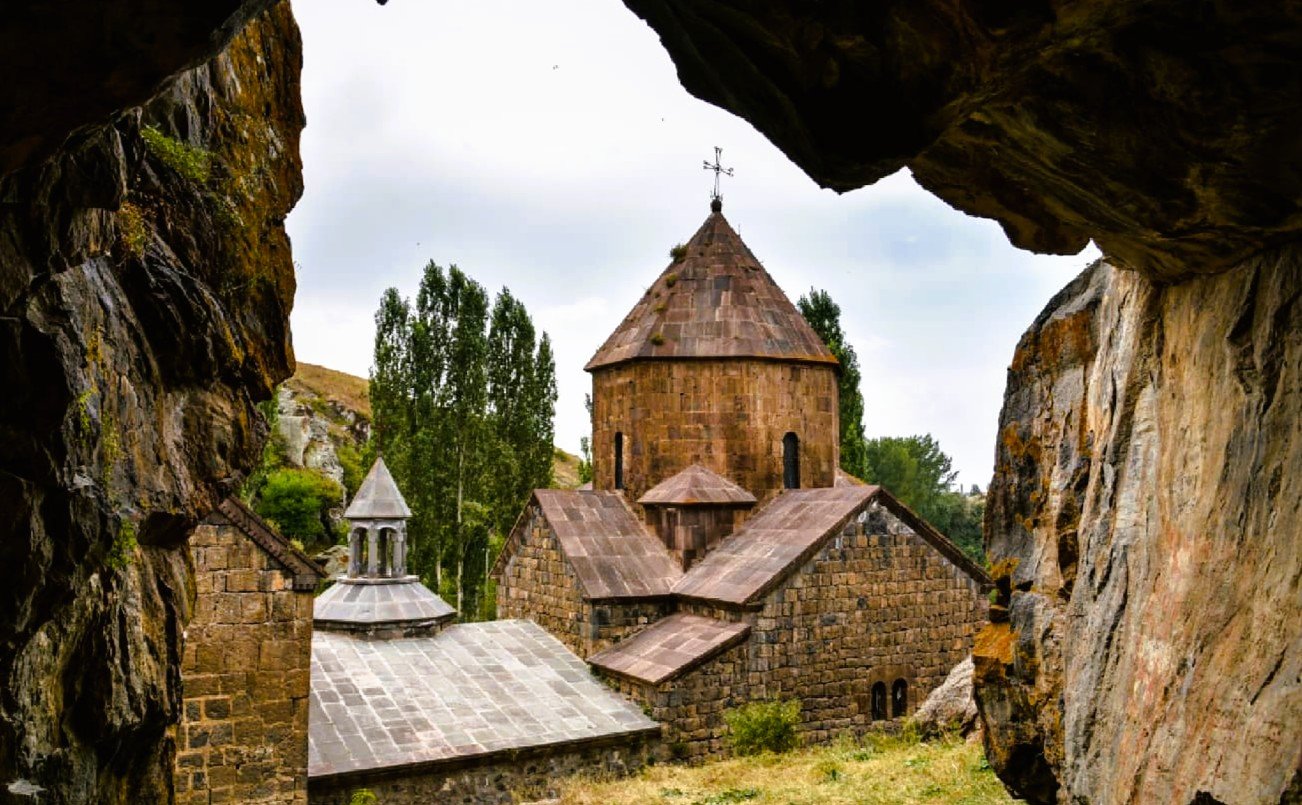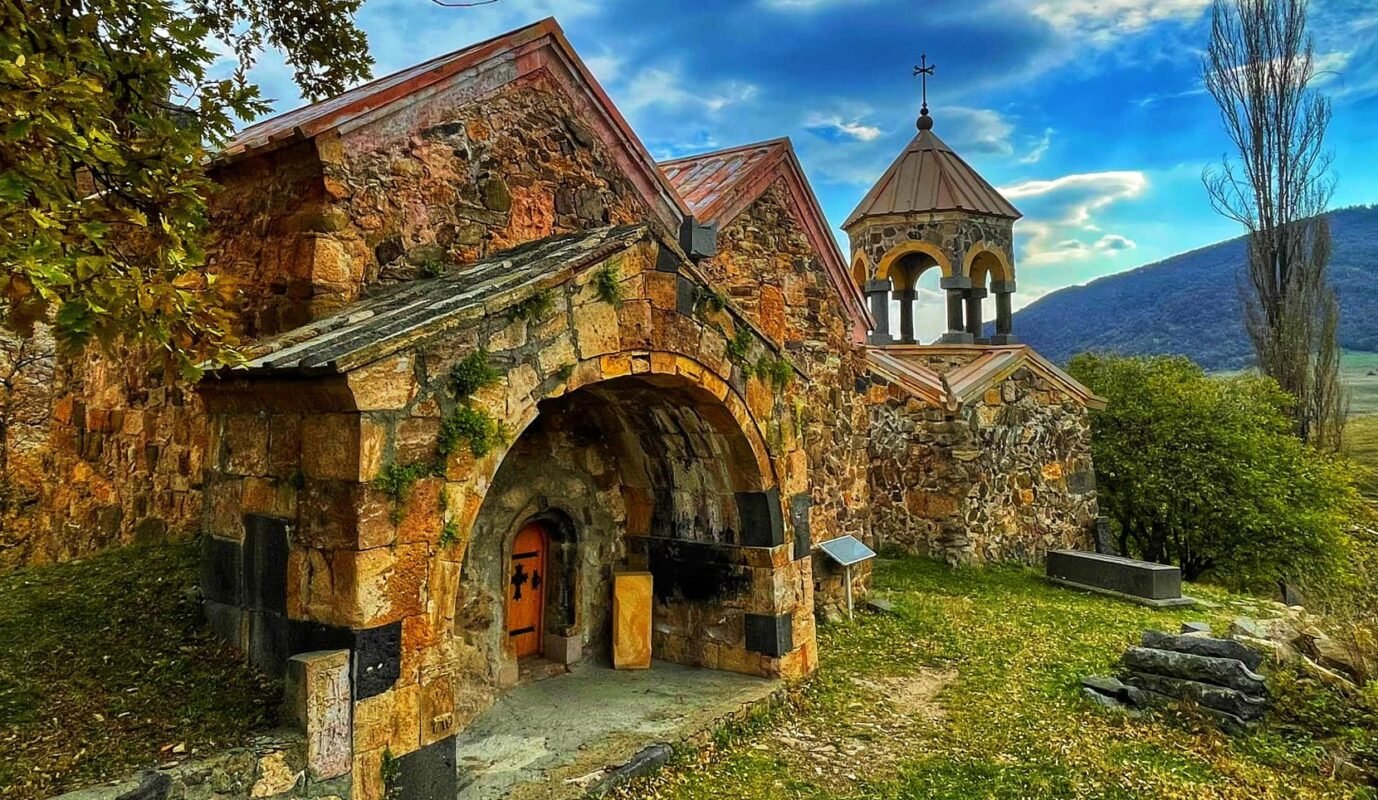Latest Listings
Related Listings
Close To You
St. Hovhannes Church of Meghri - Anapastanats

Church
680 m
Historical
Medium
📍 Location: North-west of Meghri town, Syunik Province, Armenia
🌐 Coordinates: 38°54′27.16″N, 46°14′17.76″E
🕰️ Period: 17th century (Late Middle Ages)
📝 Other names: Anapastanats Cathedral
🌿 Best time to visit: Spring - autumn
OVERVIEW
Located on a high hill in the north-western part of Meghri town, surrounded by gardens, cemeteries, and residential buildings, the St. Hovhannes Church is a remarkable symbol of Armenia’s cultural and religious endurance. Dating back to the 17th century, this monastic complex was once an important center of spirituality and community life for the Syunik region. Today, the church remains the only preserved structure of the complex, while the foundations of the monastery’s vestibule and monks’ cells offer glimpses into its former grandeur.
HISTORY
The St. Hovhannes Church is mentioned by Stepanos Orbelyan in his famous History of Sisakan Province, and its exact location was later clarified by Ghevond Alishan. M. Hasratyan later documented its architectural significance, identifying it as one of only three surviving domed churches from the Late Middle Ages in Syunik. A major restoration effort began in 2015, led by the charitable organization “Country and Culture” with funding from Armenian-American philanthropists Hayk and Hilda Manjikians. Archaeological studies conducted between 2016 and 2020 by the Institute of Archaeology and Ethnography of the RA NAS, under archaeologists A. Nalbandian, H. Badalyan, and T. Aleksanyan, revealed many important findings. The church was restored and consecrated in 2019 by architects S. Nalbandyan and G. Gyulamiryan, and additional work continues today under architect L. Vasilyan to enhance the surrounding structures and grounds.
ARCHITECTURAL FEATURES
The St. Hovhannes Church is a rare and outstanding example of Armenian cross-domed church architecture. It was built from local granite with a brick dome. The rectangular hall supports a high dome that rises on arches connecting the gabled walls. The dome features a cylindrical interior, a 12-faceted exterior, and is topped with a spherical form and a conical spire. Nine windows in the dome allow natural light to flood the space. The church interior includes beautifully preserved frescoes, arches, and niches with elegantly tapering crowns. The entrance, located on the west side, once led into a vestibule that has since partially collapsed. There are two storage rooms adjacent to the altar, with the southern room featuring an underground floor. The surrounding foundation walls indicate the former presence of the monastery’s monks’ cells and additional structures.
LOCAL LEGENDS AND TRADITIONS
A well-known local tradition holds that the St. Hovhannes Church of Meghri Cathedral served as a refuge for the homeless, the sick, and the destitute. Its second name, Anapastanats Cathedral, meaning “shelter” or “asylum,” reflects this historic role of hospitality and compassion. It was not only a religious center but also a place of hope and sanctuary for those in need.
PRESERVATION AND RESTORATION
Following decades of neglect, the monastery complex has become an outstanding example of community-based cultural heritage restoration. From 2015 to 2019, a comprehensive restoration program was carried out including archaeological research, structural repair, and partial reconstruction of the complex. The St. Hovhannes Church of Meghri Cathedral was fully restored and consecrated in 2019, with ongoing work continuing on the site to improve its surroundings and stabilize remaining structures. The project remains a model of successful Armenian and diaspora cooperation for heritage preservation.
Facilities
Nearby
Located in Meghri’s Pokr Tagh district, this 15-17 centuries Armenian Apostolic church is known for its 18-19 centuries frescoes inspired by Naghash Hovnatan’s school. The church became a major spiritual site in 2022 with the arrival of a relic – the right hand of St. John the Baptist.
Located in the center of Meghri, this 17th-century church is considered a masterpiece of Armenian ecclesiastical architecture. It is especially renowned for its exceptionally well-preserved frescoes depicting biblical scenes and saints. The church has remained largely unchanged and continues to serve as an important spiritual center for the local community.
One of the oldest neighborhoods of Meghri, Poqr Tagh is characterized by its narrow, winding streets, stone-built traditional houses, and authentic Armenian village architecture. A walk through this quarter provides visitors with a glimpse of historical Meghri and its preserved cultural atmosphere.
Situated in southern Syunik, Arevik is one of Armenia’s richest biodiversity reserves. It is home to many rare plant and animal species, including the endangered Caucasian leopard. The Park offers scenic hiking trails, pristine natural landscapes, flowing rivers, and waterfalls, making it a perfect destination for nature lovers.
Located northeast of Meghri, Shvanidzor is a remote and picturesque village known for its preserved Armenian rural architecture and traditional lifestyle. The village is also a gateway to the Old Bridge of Shvanidzor, a 17th-century stone bridge surrounded by lush vegetation, making it a unique destination for eco-tourism and cultural exploration.














